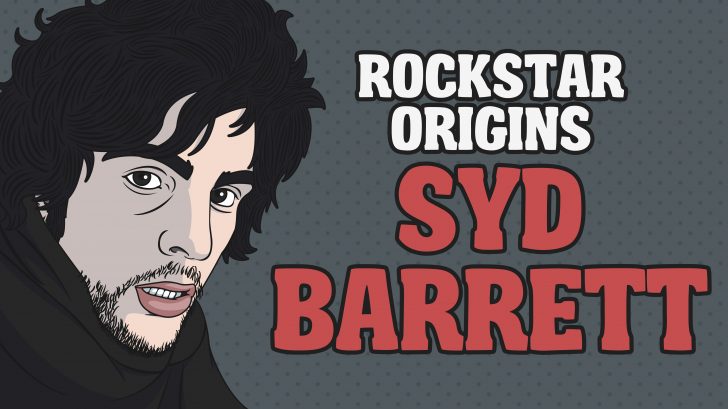Guitarist, Musician (1946–2006)
Former lead guitarist and co-founder of the psychedelic rock band Pink Floyd. He was forced to quit the band due to a mental breakdown. He spent most of his life as a painter and a gardener.
Photo Source: Uncut
What Do We Know About Syd Barret?
Roger Keith Barrett, most notably known as Syd Barrett. Born on January 6, 1946, in Cambridge, England. The fourth child of Max and Winifred Barrett, and were the ones who encouraged him to have an interest in music. He learned to play many instruments at a young age, such as ukulele, banjo, piano, and guitar. He was also a good writer and painter, which led him to won multiple awards for his poetry in high school.
How Did He Get The Nickname “Syd?”
There are quite stories existing as to how Barrett was called Syd. Some reports say that he was called Syd when he was 14 years of age, and people who were calling him that refers to a local bass player named Sid Barrett. While other reports say, he got that nickname as a kid at scout camp.
Early Career In Music
Syd Barrett formed his own band during his teenage life, called Geoff Mott and the Mottoes. The band broke up in 1962, and he began playing Beatles covers at parties and picnics. Just a year after that, he started writing his own songs. In 1964, he moved to London to study painting at the Camberwell College of Arts, where he met Roger Waters, again.
Enter Pink Floyd
Roger Waters and Syd Barrett knew each other from their school days in Cambridge. The two reconnected when Barrett moved to London. Roger Waters asked Syd to join him in a band he formed with Richard Wright and Nick Mason — called The Sigma 6, and later The Tea Set — when one of their members left. The band went through a lot of ups and downs, and name changes. During the summer of 65, they began using the name “Pink Floyd” permanently. Barrett took the names from his personal record collection, Pink Anderson, and Floyd Council. Later that year, they managed to record in a studio for the first time, recording Beatles covers and three of Barrett’s songs, “Double O Bo,” “Butterfly” and “Lucy Leave.” And in the same year, Barrett had his first acid trip.
In 1966, they found a team to manage them and turn them into a full-time band, and in 1967 they recorded and released their debut, The Piper at the Gates of Dawn. And by that same year, Barrett’s behavior became unusual and unexpected, and many speculated that his mental breakdown caused by LSD. In one concert he slowly detuned his guitar on stage; while in others, he strummed one chord the entire show or didn’t play at all. It was then they hired David Gilmour as the second guitarist to cover for Barrett when he couldn’t perform during their tour in 1967 with Jimi Hendrix. And on April 6, 1968, Barrett was forced to quit the band.
Pink Floyd later dedicated some tributes to Barrett, including “Shine on You Crazy Diamond,” on their Wish You Were Here album.
Done With Pink Floyd
After leaving the band, he managed to release two solo albums, both in 1970, The Madcap Laughs and Barrett. He was only able to play one concert between the year of 1968 and 1972. The bands he joined and formed were Twink and Jack Monck as The Last Minute Put Together Boogie Band (1972), and the short-lived band Stars. In 1988, he was able to make a deal with EMI Records and released the album titled, Opel, which included some of his previously unreleased works from 1968 to 1970.
In 1966, Barrett got inducted as one of the founding members of Pink Floyd in Rock and Roll Hall of Fame, but he did show up in the ceremony.
https://www.youtube.com/watch?v=_HK6-vE3jHk
The Life And Death
In 1978, Barrett came back in with his mother in Cambridge and started painting again. Gardening had hit his interest as well. He stayed out of the limelight, avoiding paparazzi, and mostly only talked with his sister, Rosemary. Although he was hospitalized briefly, he was never officially diagnosed with a mental illness.
Barrett died of pancreatic cancer on July 7, 2006, at the age of 60, in his home at Cambridge, England.


